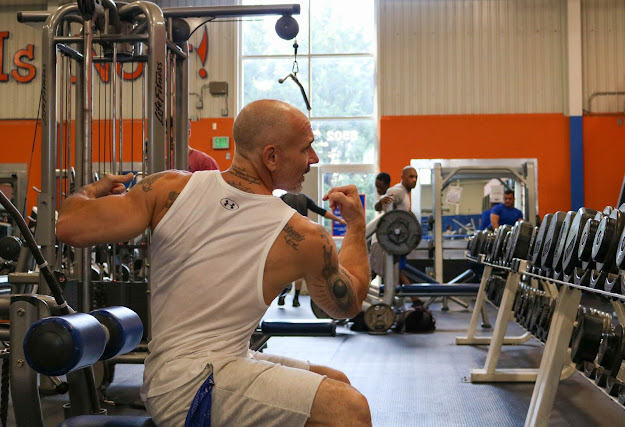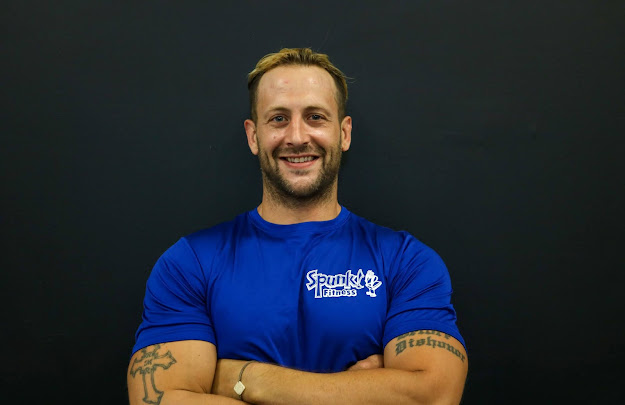4 Common Posture Muscle Imbalances and How to Correct Them
Poor posture and the muscle imbalances it creates are unfortunate side effects of our modern lifestyle. If these imbalances go untreated, they lead to injuries, chronic pain, and even affect our appearance. Whether you’re a mother who spends your days caring for an infant or an executive who spends hours in front of a computer screen, you might have these four muscle imbalances: rounded shoulders and hunched back, anterior pelvic tilt, and a forward neck.
The good news is that with some simple adjustments, strengthening exercises, and stretches, improving your posture is an easy issue to tackle whether you’re at home or working out at the fitness center.
Identifying A Muscle Imbalance
So how do you know if you have one of these conditions? The simplest way is to watch your body’s alignment. Here are the signs of muscle imbalance:
- Look at your shirtless side profile in the mirror. Can you see your upper back? If so, you could have rounded shoulders. If you have rounded shoulders, it also leads to a rounded or hunched back.
This is common among people whose chest muscles and abdominals are too tight (from either working out your chest too much or hunching over a computer desk all day).
- Put on a belt. Does the buckle point down rather than straight out? When it’s leg day at the fitness gym, do your hamstrings feel tight and sore before your quads? If so, you may have anterior pelvic tilt (your hips tilt forward).
This means you have weak hip flexors, lower spine muscles, or lower abdominals, and it’s common among people who sit for many hours at a time.
- When you walk through a door, what passes through first – your chest or your head? If it’s your head, you probably have a forward neck, or forward head position.
This one’s also caused by looking down (at your child, at a computer screen, etc.) a lot in a hunched-over position. For every inch your head sticks out, it adds another 10 pounds of strain to your neck!
Simple Exercises to Correct Postural Muscle Imbalances
As we said, these imbalances are easy to correct with key exercises that focus on strengthening weak muscles and stretching tight ones. Here are some suggestions for each type of imbalance.
Rounded Shoulders and Hunched Back
For rounded shoulders, the goal is to stretch your chest and strengthen your back muscles. Try the following:
- Door frame stretches. Stand in a door frame with your arms at 90 degrees on either side. Lean forward through the frame, but only until you feel a slight stretch in your chest.
- Wall slides. Stand with your back along a wall and move your arms up and down it at 90 degrees.
- Wide-grip rows. Like a row, but with a wider grip to target your upper back.
- Resistance band pulls. Hold a stretchy band in front of your chest and pull in opposite directions.
- Scapular pushups. Get in pushup position with your arms close under you and move the upper back muscles up and down.
- Foam rolling. Lie still with your back and head on the foam roller, or lay only your back on the roller and gently move it back and forth.
- Cat/camel stretch. Get on all fours and round your back up and down.
Forward Pelvic Tilt
The best moves to strengthen your hips, lower back, and abdominals are hip flexor stretches, planks, glute bridges, hip hinges, and dead bug (lying on the ground with your feet in the air, stretching out one leg at a time).
Forward Neck
Simple chin tuck exercises work best to strengthen your neck muscles. To make sure you’re keeping your back aligned, stand against a wall while you do them.
Postural muscle imbalances are something we will constantly struggle against with our modern lifestyles, but watching for them and correcting them with simple exercises will ensure you stay healthy and strong, have great posture, and get the most out of your fitness center workouts.




Comments
Post a Comment